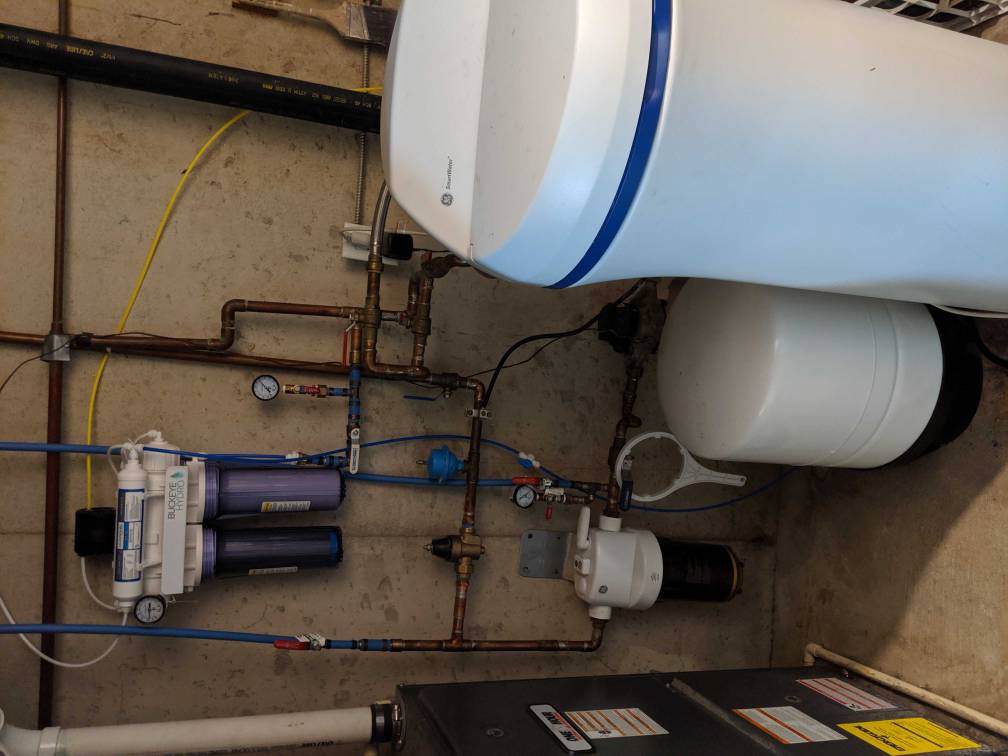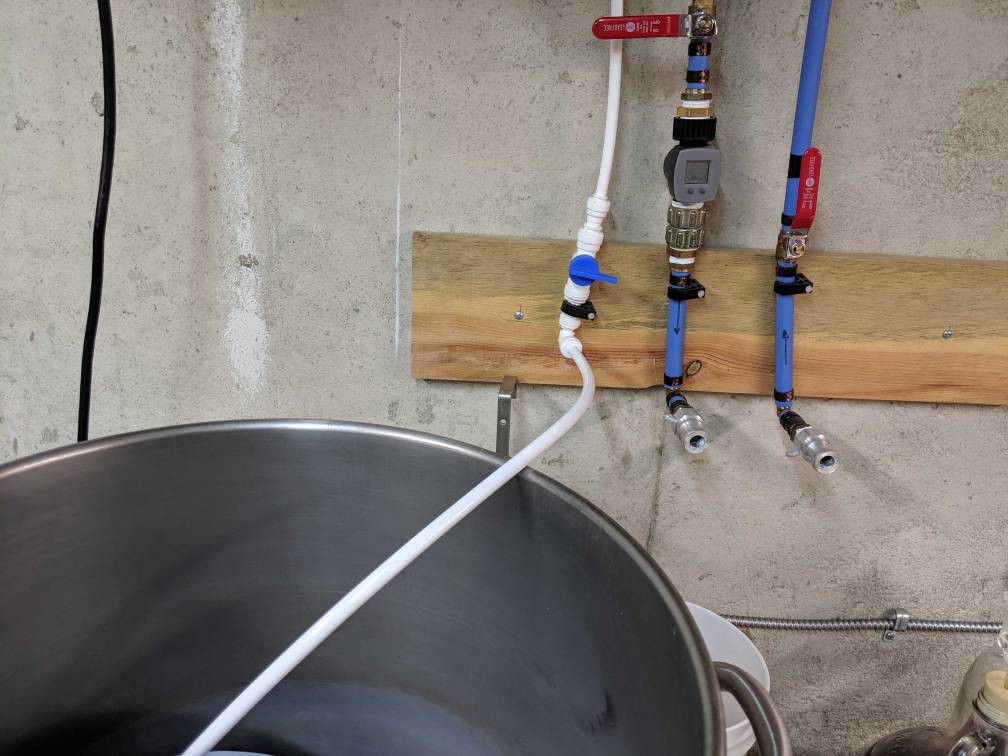andrewrmunro
Member
- Joined
- Jan 21, 2019
- Messages
- 15
- Reaction score
- 1
Looking to get an RO filter to make my own RO. What should I look for? Are there certain types of filters I should be using? Here is a link to my water quality report in my city water report TDS is 432. We have relatively high sulfates at 175 ppm.
I want to keep it cheap as this will only be used for my homebrew and not the rest of the house.
Found a used one of these Rainfresh RO450 for $50, would that be good? Or is something else better?
If I do get an RO Filter what do I assume for the water chemistry of the filtered RO water? 0 for everything?
The alternative is to buy RO water for $5 per 5 gallons.
I want to keep it cheap as this will only be used for my homebrew and not the rest of the house.
Found a used one of these Rainfresh RO450 for $50, would that be good? Or is something else better?
If I do get an RO Filter what do I assume for the water chemistry of the filtered RO water? 0 for everything?
The alternative is to buy RO water for $5 per 5 gallons.




